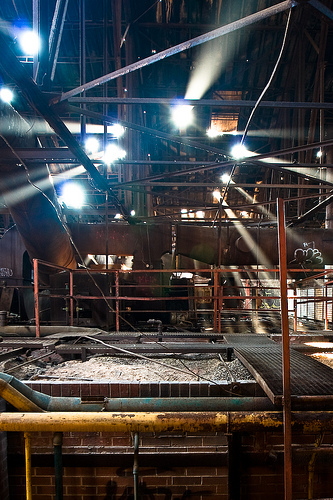By Alexei Summers (The Cascade) – Email
Print Edition: September 26, 2012
In a move long-awaited by many, Canada Industry Minister Christian Paradis announced earlier this month that Canada will no longer oppose asbestos being added to a list of hazardous materials.
This move will effectively end the Quebec asbestos mining industry.
Until now, Quebec was the last remaining province to mine Canada’s supply of asbestos. Canada has been one of the largest exporters of the mineral for many years, and estimates have placed Canada as exporting approximately nine per cent of the world’s yearly yield of the mineral.
At the Rotterdam Convention in Geneva last year, Canada shocked UN delegates by announcing strong opposition to adding asbestos to an international list of hazardous materials being compiled.
Health Canada reports urged Canada to comply with the Rotterdam Convention, a multilateral treaty which requires an exporter to list possible negative health effects of its export. The object of this treaty is to promote open information between the seller and the buyer, so that the buyer may make an educated decision regarding the product. The government opposed this for many years.
“This government will not put Canadian industry in a position where it is discriminated against in a market where sale is permitted,” Prime Minister Stephen Harper told media in the spring of 2010. He referred to the mining and export of asbestos, and made it clear that he did not intend to stand in the way of the production of the ore.
Asbestos has a long-documented history of causing cancer. Its needle-like fibres get caught in the lungs of those who breathe it, and while it is naturally occurring, it is harmful to those who work with it – despite the Canadian federal government’s protests to the contrary.
Asbestos use in Canada is legally restricted, but the export of the substance has until now been legal in the province of Quebec, which is the last province to mine the ore.
Third-world countries often purchase asbestos due to its inexpensive usefulness as an insulator and fire retardant. These purchasing nations often choose to overlook its health effects, weighing its cost-effectiveness as more important.
The Canadian federal government aims to contribute $50 million to help asbestos communities in eastern Quebec transition into other industries.
An idea of what might happen to these communities based around asbestos mining in Quebec, an example of a worst-case scenario is found in the northern British Columbian town called Cassiar. What was once a promising community is now a ghost town; its buildings and community are largely abandoned.
The town was built around large asbestos deposits in 1952, predicted to have enough ore to last half a century. Fifty years later, its population of 1500 residents has scattered to various nearby settlements – a result of the sudden closure of the mine in 1992. The mine shut down partially due to a lack of demand for asbestos, and partially due to unforeseen complications with the mine itself. Either way, the town of Cassiar stands as a warning to the Quebec towns who have been reluctant to give up asbestos.
While anti-asbestos activists in Quebec and the rest of the country are celebrating, many Canadians are left wondering what effect this will have on the economy, and how the asbestos mining communities in Quebec will survive now that the industry that their existence has always been based upon is gone.


